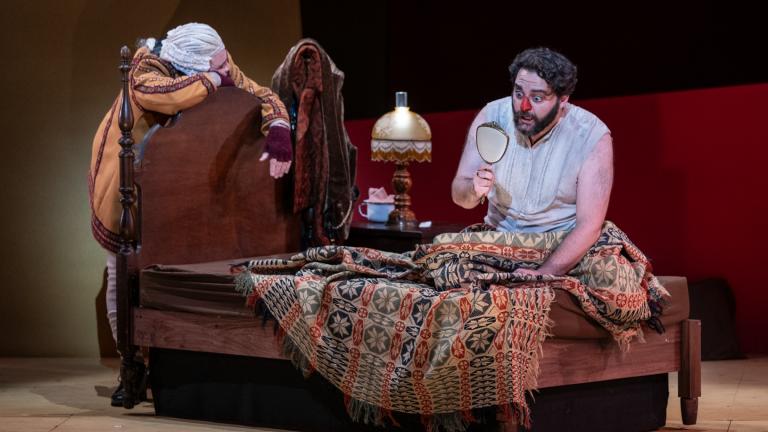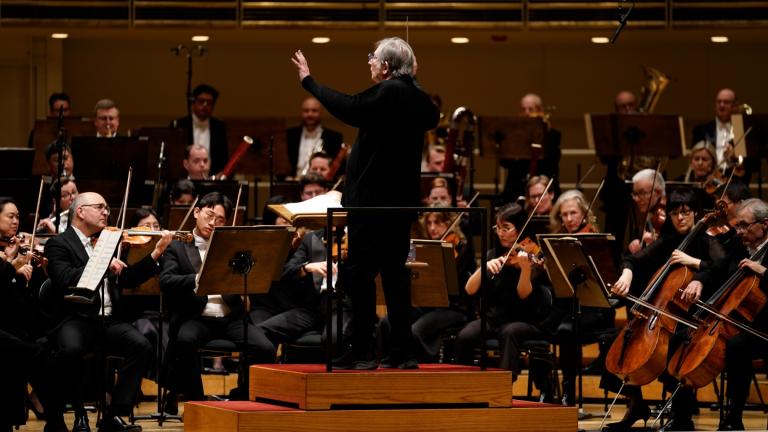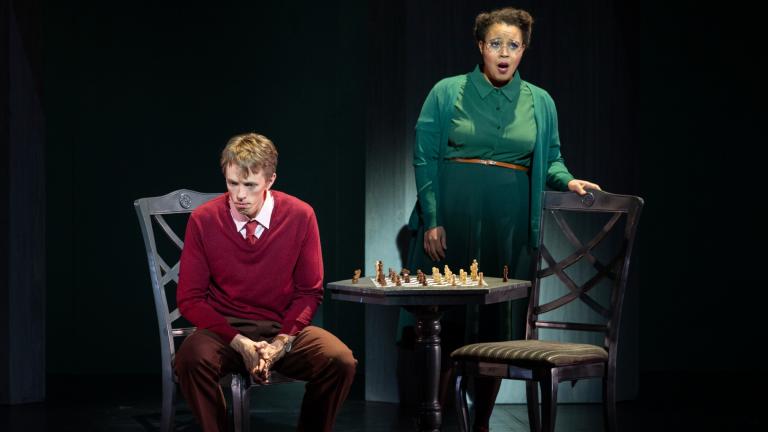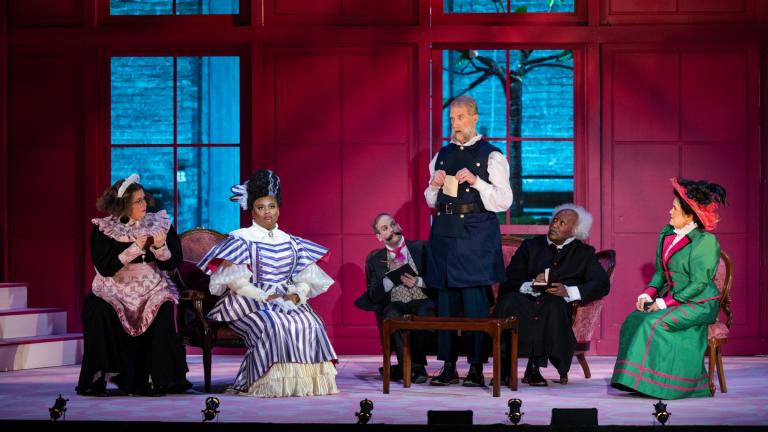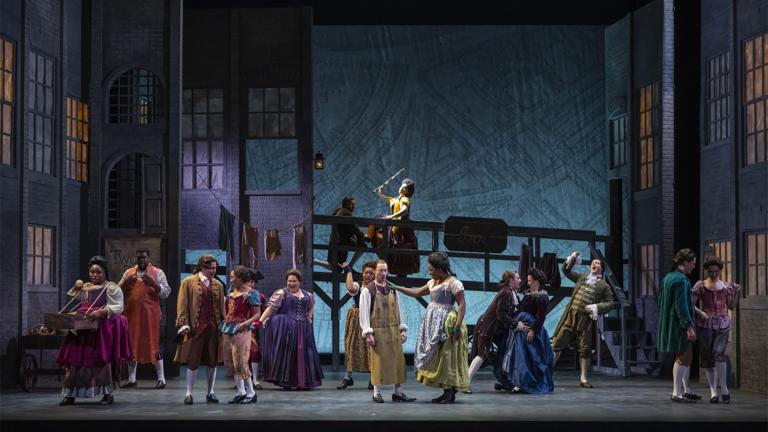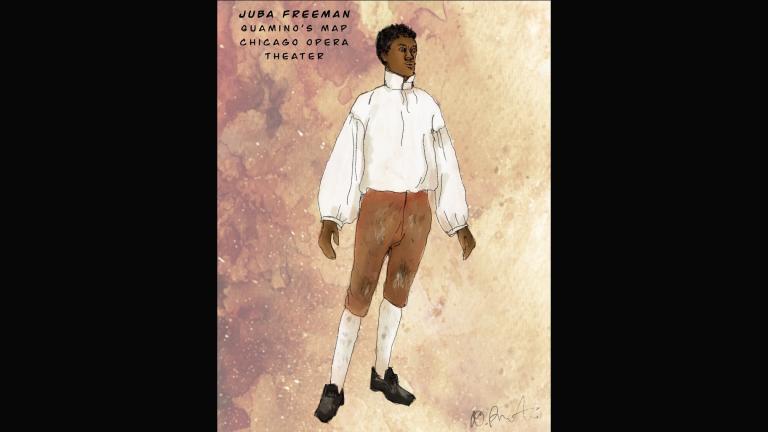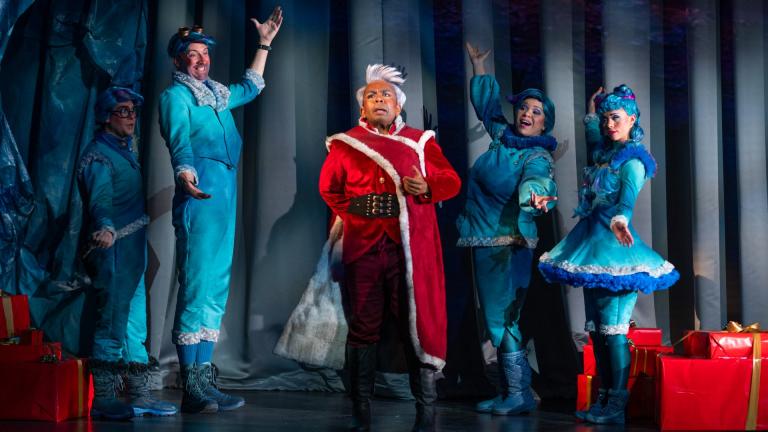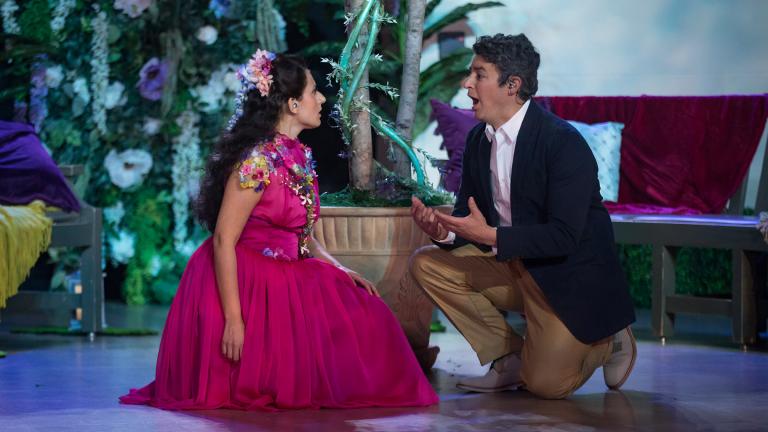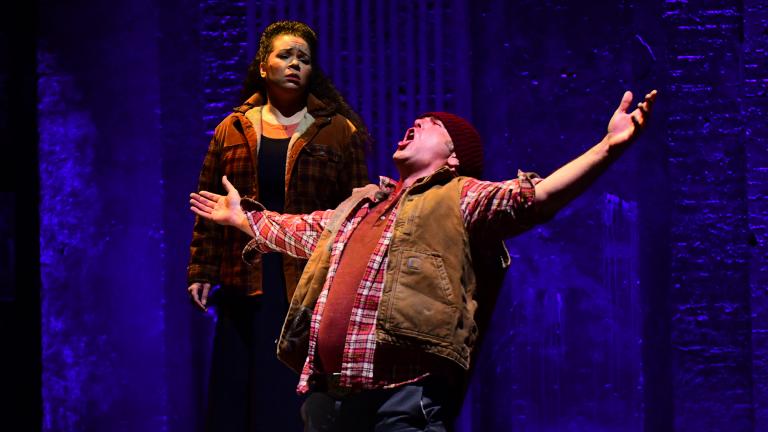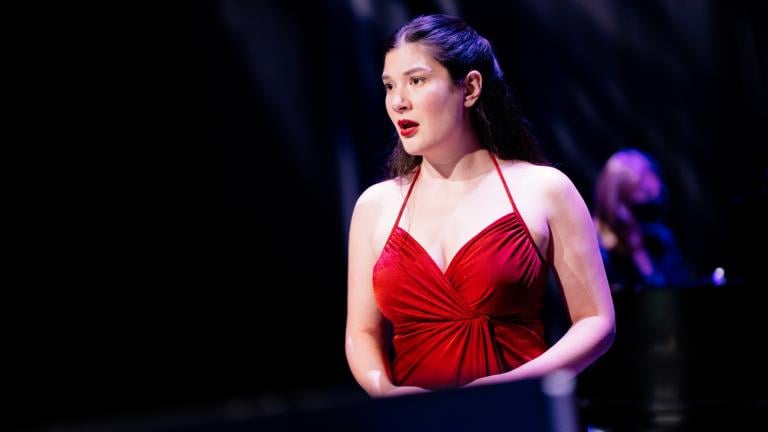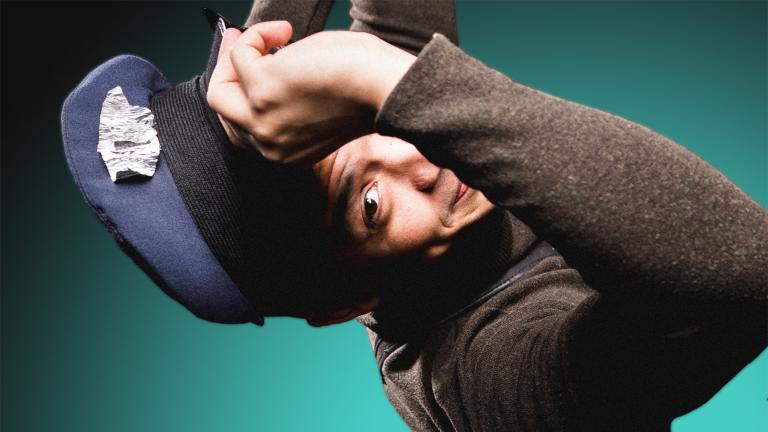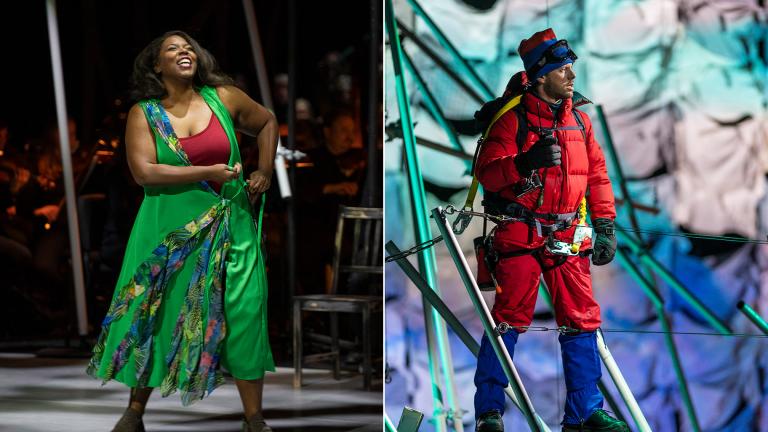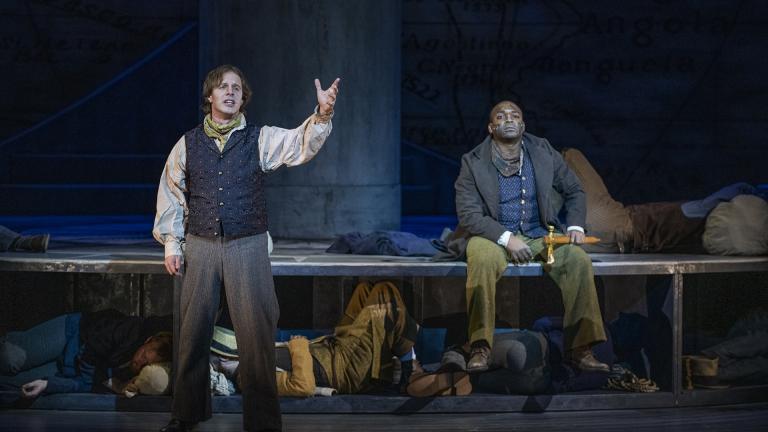Call “The Nose” the quintessential opera of the absurd. The show is receiving an elaborate Chicago Opera Theater production in a wildly zany, two-performance-only run.
Chicago Opera Theater
WTTW News theater critic Hedy Weiss reviews recent performances from the Chicago Symphony Orchestra, the Lyric Opera and Staatskapelle Berlin.
Alan Turing was a genius — a brilliant English mathematician and logician who is renowned for his invaluable work as a codebreaker during World War II. But he also was a tragic figure, driven to an early death by chemical castration (and possibly by suicide) because of his homosexuality, which during his lifetime, was treated as a crime.
The Chicago Opera Theater’s production of “Albert Herring” is alternately amusing and heartbreaking. To mark an early celebration of its 50th anniversary season, the ever-adventurous company has welcomed acclaimed British conductor Dame Jane Glover (DBE).
An exploration of a little-known and fascinating aspect of Black history, “Quamino’s Map” features an exquisite score by Errollyn Wallen, an expertly crafted, character-defining libretto by Deborah Brevoort, an ideal cast under the deft direction of Kimille Howard, and a superb orchestra led by conductor Jeri Lynne Johnson.
When it comes to the stories told about Black people in theater, 18th century London might not be the first time and place that comes to mind. But composer Errollyn Wallen is hoping to change that with “Quamino’s Map,” a new opera being staged at Chicago Opera Theatre.
Have you ever wondered what Santa Claus’ childhood was like? Or why he’s so driven to take off from the North Pole for an arduous worldwide trip each Christmas Eve? The answers to those questions can be found in the 90-minute opera “Becoming Santa Claus.”
Since its founding in 1973, Chicago Opera Theater has been making audacious choices in its programming and presentation. And in many ways the company displayed its formidable ingenuity and determination throughout the pandemic. Here’s a peek at its all-live season.
With most traditional theater spaces off-limits and Zoom an increasingly annoying way to have to watch anything, two Chicago opera companies have demonstrated in radically different ways that “all the world is a stage” — or can be turned into one.
While most of this country’s major opera companies are suffering the painful slings and arrows of the pandemic scourge, Chicago Opera Theater continues to soldier on. And its latest production is another example of its musical, theatrical and thematic daring.
With the coronavirus pandemic foiling plans for a trio of live performances, Chicago Opera Theater has adapted its 2020-2021 season to be a primarily virtual one.
Amid all the dire warnings that live performances might not start up again until 2021, the news that the richly creative company plans to begin its three-production season in November comes as an enormous spirit-raiser.
In its airtight, fervent, emotionally riveting 90 minutes, “Freedom Ride” vividly captures a pivotal moment in American history and the civil rights movement of the early 1960s in the most sophisticated yet accessible way.
As Robert Frost famously wrote: “Some say the world will end in fire, / Some in ice.” And in a very real sense it was those two opposing endgame scenarios that Chicago Opera Theater conjured this past weekend as it opened its 2019-2020 season.
Transforming Herman Melville’s 1851 classic is no easy feat. This opera not only captures the pivotal characters in the novel, but also illuminates its major themes with impressive emotional directness.
A Theatrical Approach to Opera Performed on a Liquid Stage
One of the more daring highlights of the fall arts season promises to be Chicago Opera Theater’s staging of the mythical romance “Orpheus and Eurydice.”

